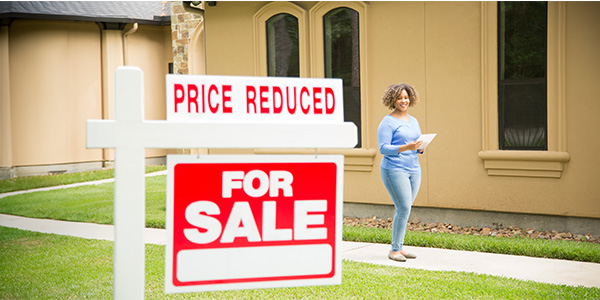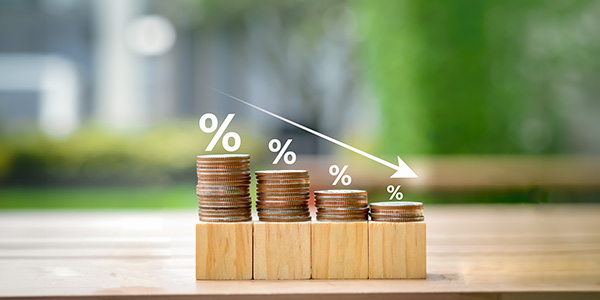Housing News
The Skinny on Home Gyms vs. Fitness Centers
January 8, 2018
A 2017 Nielsen study found that 87% of adults in the U.S. gave "getting healthier" a top priority as they headed into the new year. While that no doubt included a change in eating habits, exercise was likely also part of the resolution.
For many, joining a gym is the logical next step when resolving to improve one's health. However, gym memberships can be costly commitments. Many charge a fee to join, and then a monthly fee to use the facilities. While the cost varies by location, that average monthly expense is approximately $58 or roughly $700 annually.
While you may find going to a gym works best for you, keep in mind that 67% of gym memberships go unused once they are purchased. That may be because going to the gym requires a special trip and travel time. On a busy day, it is easy to justify skipping the extra stop on the way to work or on the way home.
An alternative to joining a club is to create one that is more conveniently located in a dedicated area of your home. Here are some things to consider when weighing the benefits of each option to determine the healthiest outcome for you.
Lone Wolf or Social Butterfly
For many people, working out with a buddy—or several—is as essential as a water bottle, while others find they're their own best company when it comes to exercising. For the latter, a home gym workout can offer the perfect transition after a hectic day. However, if your motivation comes from without instead of within, the social aspect of a gym may offer an advantage over the solitary approach.
Environment Matters
You may find the bright, noisy space of a fitness center makes for an invigorating workout. This energetic atmosphere also comes with a dizzying array of equipment, though you might end up only using a small selection in your workout. You may also find sharing the equipment and all that goes with it distracting. At-home gyms offer a quieter environment along with control over music, temperature, lighting, and other aspects of the experience, which may make it both more practical and more enjoyable.
Timing Is Everything
The biggest advantage to working out at home is that you can do it on your terms, literally whenever you want. There is no bag to pack, and the shower facilities and amenities are top-notch. Perhaps best of all, it tends to be a seamless experience with no waiting for the bench press or treadmill!
Paying for a Home Gym
Given the cost of joining and maintaining a membership at a club, an at-home gym can make financial sense. Setting up a dedicated room with high-end machines and equipment costs about $5,000 on average, but an at-home gym can pay for itself over a few years, especially in terms of use and convenience. Additionally, how much you spend will depend on the type of equipment you need and whether you purchase it new or used. Generally, due to the weight of the equipment and for safety reasons, having a professional set it up for you is advised.
While adding a home gym in most areas of the country will not increase your home's value, it can enhance its appeal to a buyer. Plus, the health benefits of exercise are numerous and contribute to everyone's overall well-being. More importantly, being at home with your fitness makes achieving the goal of becoming healthier that much easier.




